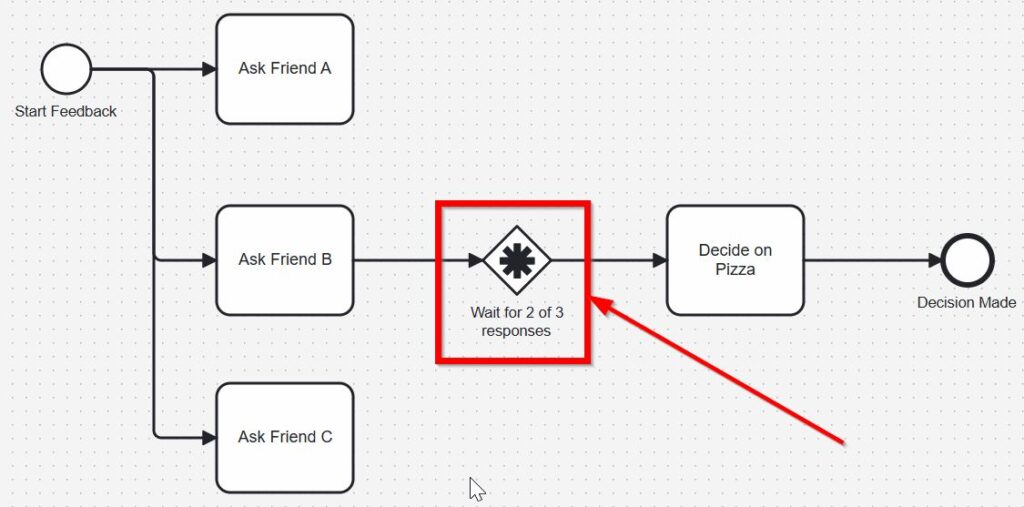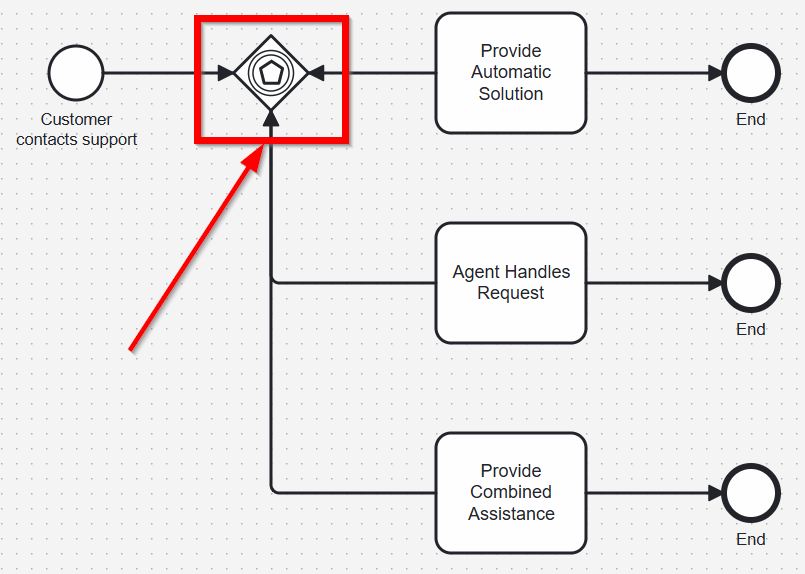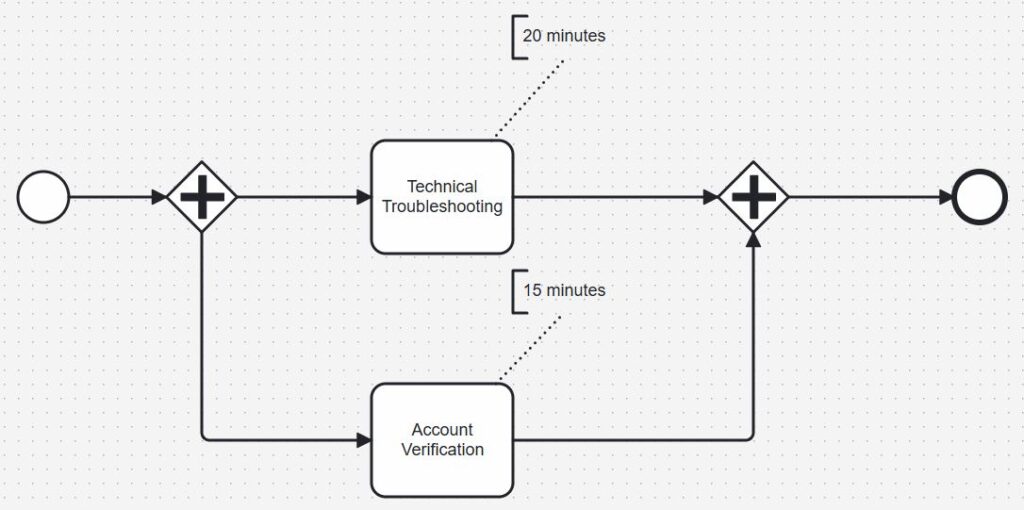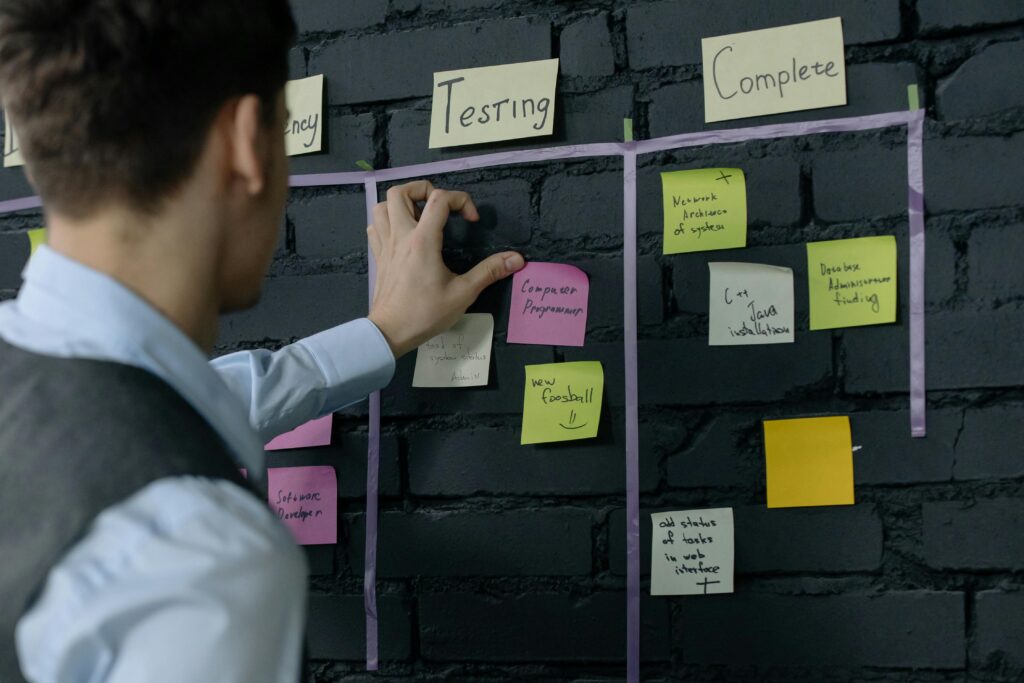Unclear Responsibilities in Process Analysis
When I analyze business processes, I often find one repeating issue: unclear responsibilities. This isn’t just a detail—it’s a major source of delay, confusion, and even failure. Over time, I’ve learned that I can’t fix processes without fixing responsibility first. In this article, I’ll show you how I tackle unclear responsibilities in process analysis. I’ll also walk you through a real-world example—and how I use a RACI matrix to make sure every task is clearly owned.
Unclear Responsibilities in Process Analysis Read More »



















